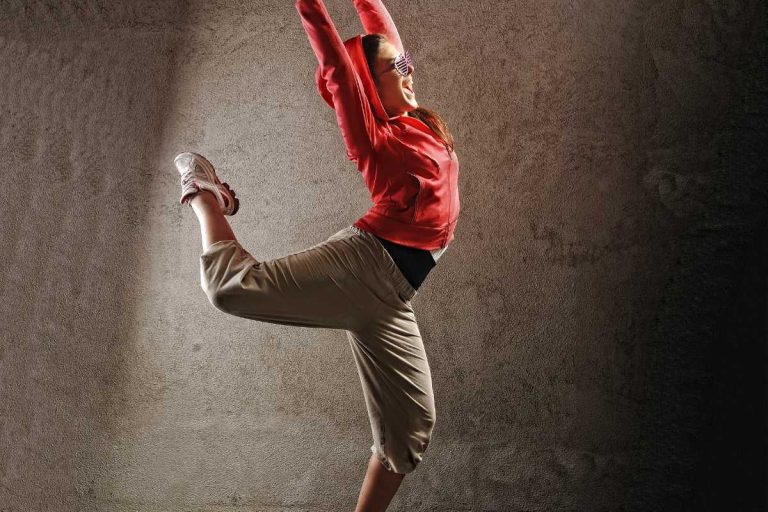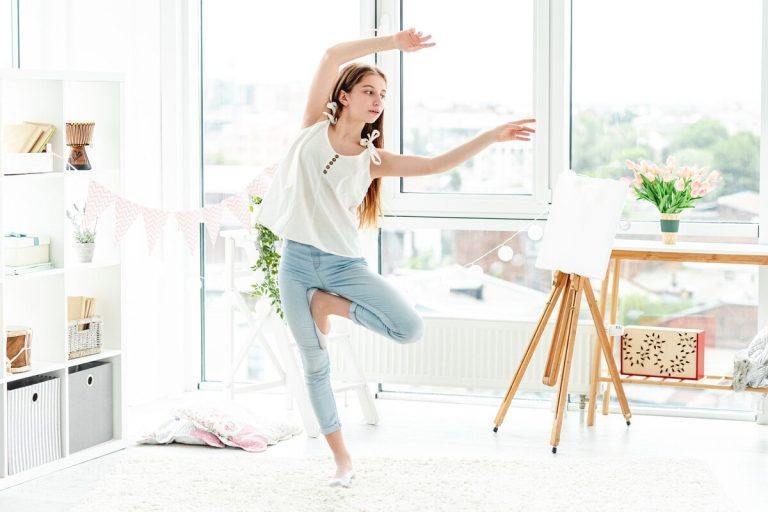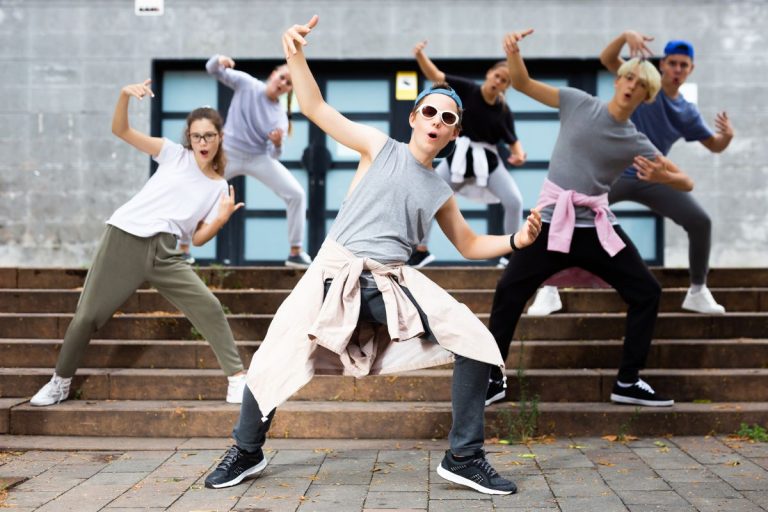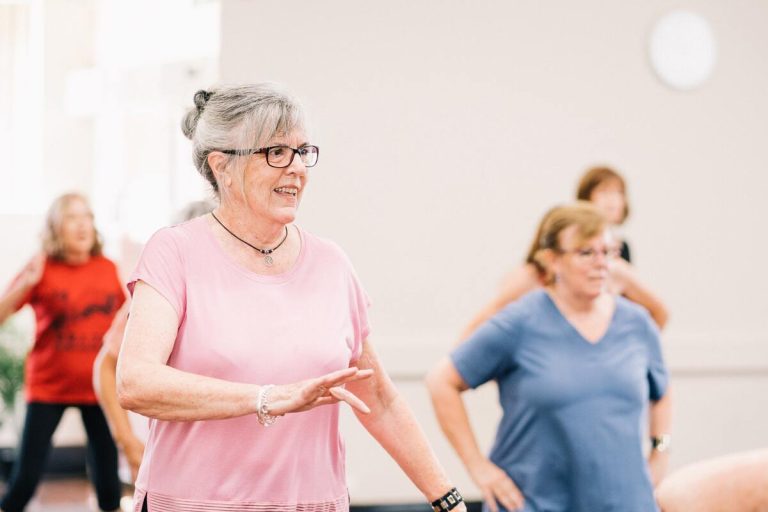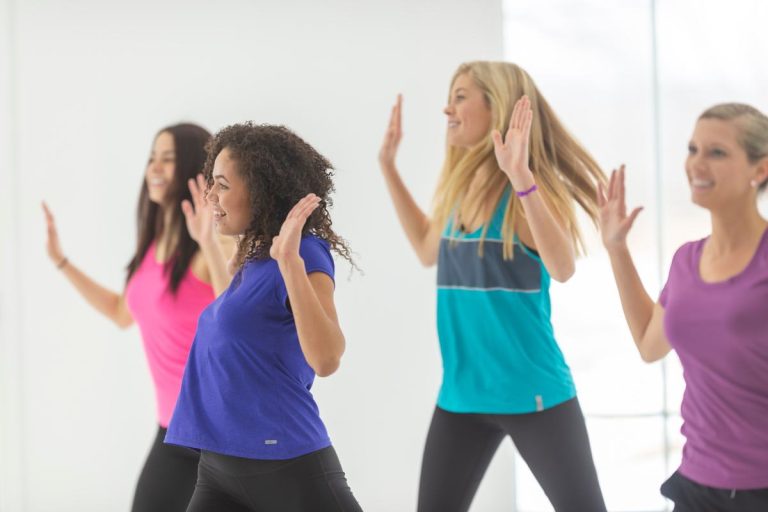Ballet, jazz, and modern dance all have components of lyrical dance, which is a lovely and passionate kind of dance. It is a relatively young dance form that started in the middle of the 20th century in the United States. Fluid, flowing motions frequently inspired by the song’s words characterize lyrical dancing.
Particularly among young dancers, lyrical dance is a highly well-liked dance genre. Many young dancers begin training in ballet or jazz lessons before advancing to lyrical dance once they have a solid foundation in those genres. Lyrical dance is a powerful form of physical expression, and it can be profoundly touching to behold.
Remember a few things if you want to learn how to dance lyrically:
- The connection is the critical component of lyrical dance. To create a stunning and moving dance, you must be able to relate to the music and the lyrics.
- Lyrical dance places a strong emphasis on individual expression. Feel free to try different things and develop your style because there is no right or wrong way to dance lyrically.
- Keep in mind that lyrical dancing is purely emotional.
Allow yourself to be moved by the music and experience the feelings the dance evokes.
You will be well on your way to becoming a fantastic lyrical dancer if you keep these points in mind!
The Foundational Aspects of Lyrical Dancing
A stunning and potent form of self-expression is lyrical dance. It is a mix of jazz, ballet, and modern dance, distinguished by its expressive, flowing movements. To dance lyrically, you must first comprehend the foundational components of this form.
The usage of breath is the first component. Throughout their performance, lyrical dancers must be conscious of their breathing and use it to guide their moves. The movement should be fluid and smooth, and the breath should be exhaled gradually and evenly.
Utilizing gravity is the second component. Dancers in lyrical genres must understand how their weight influences their moves. They must use gravity to their advantage, ensuring that their motions are smooth and graceful.
Utilizing momentum is the third component. To convey a sense of flow and energy in their dance, lyrical dancers must be conscious of the velocity of their movements. They must use their momentum to give their dance a sense of strength and dynamics.
Utilizing energy is the fourth component. To convey excitement and vibrancy in their movements, lyrical dancers must be conscious of the point they are expending in their performance. They must make the most of their energy by infusing their dance with passion and intensity.
The use of space is the fifth component. Lyrical dancers must be conscious of their surroundings and use them to accentuate harmony and balance in their movements. They must make the most of the available space by evoking a sense of connection and camaraderie in their dancing.
The use of time is the sixth component. To establish a feeling of rhythm and time in their dance, lyrical dancers must be conscious of the timing of their movements. They must make the most of the available time by incorporating timing and dynamics into their dance.
The application of dynamics is the eighth component. Lyrical dancers must understand the dynamics.
Guidelines for Improving Lyrical Dance
The grace of ballet is combined with the force of jazz and contemporary dance to create a beautiful and passionate form of lyrical dance.
Here are pointers to aid you if you wish to perfect this dance form:
Learn the fundamentals of jazz and ballet dancing.
Ballet is the basis for lyrical dance; thus, learning this style’s fundamental moves and methods is crucial. Like jazz dance plays a significant role in lyrical dance, learning this form’s essential moves and techniques is beneficial.
Learn how to use movement to express oneself.
The main goals of lyrical dance are personal expression and narrative movement. Therefore, it’s crucial to have the ability to link your feelings to your actions.
Develop your skills through practice.
Practice makes perfect in life, as in everything else. You’ll perform the routines and techniques better the more you dance. Get outside and dance all you want!
The Value of Training
As with any skill, practice is critical when it comes to dancing. You will improve at the dance steps as you practice and feel more assured when you perform.
The benefits of practicing your dancing steps are numerous. You can practice the techniques until they are perfect to complete them correctly. Second, practice develops muscle memory so that you can perform the movements effortlessly. Thanks to this, you’ll be able to dance more confidently and at ease. Thirdly, exercising will help you develop more endurance and stamina, enabling you to dance for extended periods without exhaustion.
How frequently should you practice, then? Although there is no absolute rule, it is generally accepted that you should practice at least three to four times every week. You’ll have enough time to practice your moves and increase your endurance. Of course, you can practice more frequently if you have the desire and the time.
Remember to warm up and cool down no matter how long your practice sessions last. It will make your practice sessions more productive and assist you in preventing injuries.
So go out there and start honing your skills! You’ll get better the more you put in.
Conclusion
There are several distinct considerations that you should make when learning to dance. However, you must concentrate on five critical areas to learn to dance like a master.
These are the areas:
- Music
- Movement
- Emotion
If you want to pursue a career as a professional dancer, you must emphasize all these areas equally because each is significant. Let’s examine each of these topics in more detail.
Music
Music is the first thing you should concentrate on when learning to dance. Make sure the music you choose to dance to is appropriate. You should be able to move and have fun while listening to the music. Additionally, it needs to be something that fits the style of dance you are performing.
Movement
Your movement is the second area in which you should concentrate. You must ensure that your body is being moved correctly. It implies that you must master the dance’s steps and correctly perform them. Additionally, you must ensure that your body language is expressive and reflects your personality.
Emotion
Your emotion should be your third point of attention. Choosing the appropriate feeling to express when dancing is essential. It means you should select a piece of music that emotionally resonates with you. Additionally, you must be sure that your movements are conveying the mood.



